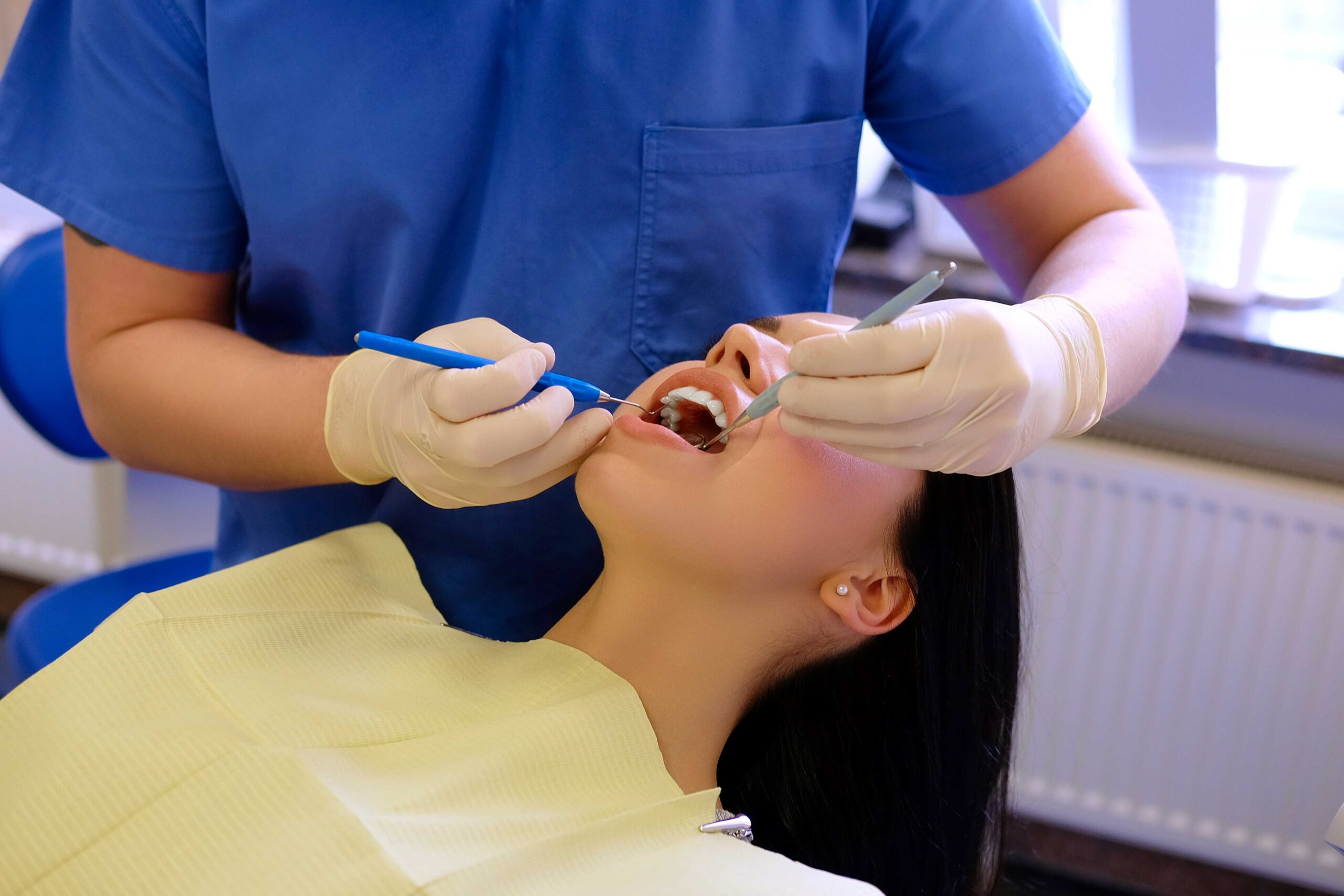Legacy Orthodontics Fundamentals Explained
Legacy Orthodontics Fundamentals Explained
Blog Article
Some Known Facts About Legacy Orthodontics.
Table of ContentsThe 20-Second Trick For Legacy OrthodonticsThe 2-Minute Rule for Legacy OrthodonticsAbout Legacy OrthodonticsThe 10-Second Trick For Legacy OrthodonticsThe Definitive Guide to Legacy Orthodontics
At Advanced Orthodontics, we offer people with a alternative therapy experience. Furthermore, we supply flexible treatment timetables, flexible payment options and a fun, satisfying experience. braces. Phone call ( 480) 357-4900 today to find out more and schedule an appointment.An orthodontist is a dental practitioner educated to identify, prevent, and treat teeth and jaw irregularities. They correct existing problems and are educated to determine issues that may establish in the future. Orthodontists work with people of all ages, from youngsters to adults. Individuals commonly link an excellent smile with healthiness.
Malocclusion, or misaligned teeth, can result in dental concerns, consisting of dental caries, periodontal illness, and challenging or painful eating. However not everyone is born with straight teeth. If you have a negative bite or big spaces between your teeth, you may desire to seek advice from a dental practitioner concentrating on orthodontic treatment.
The Basic Principles Of Legacy Orthodontics
( Picture Credit History: DigitalVision/Getty Images) Orthodontists utilize dealt with and removable dental tools, like braces, retainers, and bands, to change the setting of teeth in your mouth. Orthodontic treatment is for oral irregularities, consisting of: Crooked teethBite issues, like an overbite or an underbiteCrowded teeth or teeth that are also much apartJaw misalignmentThe goal of orthodontic treatment is to boost your bite.
A healthy bite guarantees you can consume, eat, and talk appropriately. While you could assume of orthodontists as generally for children or teens that need dental braces, they can correct oral troubles at any age. Orthodontists go to university, dental institution, and orthodontic college. After graduation, they spend 2 or 3 years in an orthodontic residency program.
, but not all dental professionals are orthodontists. They concentrate on two locations: Exactly how to properly and safely move teeth How to effectively direct growth in the teeth, jaw, and faceOnce an orthodontist has completed training, they have the choice to come to be board accredited.
The 3-Minute Rule for Legacy Orthodontics
Misalignment, or malocclusion, is the most typical reason individuals see an orthodontist. It is hereditary and is the outcome of dimension differences between the top and lower jaw or in between the jaw and teeth. Malocclusion results in tooth congestion, a misshapen jaw, or irregular bite patterns. Malocclusion is usually treated with: Your orthodontist attaches metal, ceramic, or plastic square bonds to your teeth.
Some people need a headgear to assist relocate teeth into line with stress from outside the mouth. A retainer is a personalized device that maintains your teeth in location.
They can produce extra area in the mouth without having to pull teeth. Orthodontists utilize cables, surgical screws, or plates to support your jaw bone.
You may require to see an orthodontist if you have: Crowding or otherwise enough room for all of your teethOverbite, when your upper teeth come over your bottom teethUnderbite, when your base teeth are as well much forwardSpacing or concerns with gapsCrossbite, which is when your upper teeth fit behind your bottom teeth when your mouth is closedOpen bite or a vertical gap between your front bottom and top teethMisplaced midline, when the facility of your bottom and upper teeth don't align Dealing with an oral malocclusion can: Make biting, chewing, and talking easierImprove the proportion of our face and your general appearanceEase pain from temporomandibular joint disordersDifferent your teeth and make them less complicated to cleanse, assisting avoid tooth decay or cavities It's frequently a dental practitioner that first notifications misaligned teeth during a regular test.
The smart Trick of Legacy Orthodontics That Nobody is Discussing

Throughout your very first orthodontic consultation, you'll likely have: A dental examPhotos taken of your face and smileDental X-raysPanoramic (360 level) X-rays of your face and headImpressions to create mold and mildews of your teethThese examinations will aid your orthodontist recognize how to proceed with your therapy. orthodontics. An orthodontist is a dental expert who's had training to treat your teeth and jaw
An orthodontist is focused on your bite, so something like a damaged tooth would be dealt with by a dental practitioner. Orthodontists are focused on your bite, or the method your teeth fit with each other, and the straightness of your teeth.
Ever before asked yourself how celebrities constantly appear to have flawlessly lined up teeth? Orthodontists are dental specialists who focus on dealing with abnormalities in the teeth and jaws.
Little Known Facts About Legacy Orthodontics.

While dental braces are the most generally identified orthodontic therapy, orthodontists have a varied toolkit at their disposal. The certain technique picked depends on the intensity of the situation, the patient's age, and individual preferences. These Check Out Your URL reliable dental braces use a system of braces adhered to the teeth and linked by cables.
These removable trays are personalized to considerably change the teeth's setting. In situations of narrow jaws, palatal expanders can be used to create room for correct tooth alignment.
Report this page